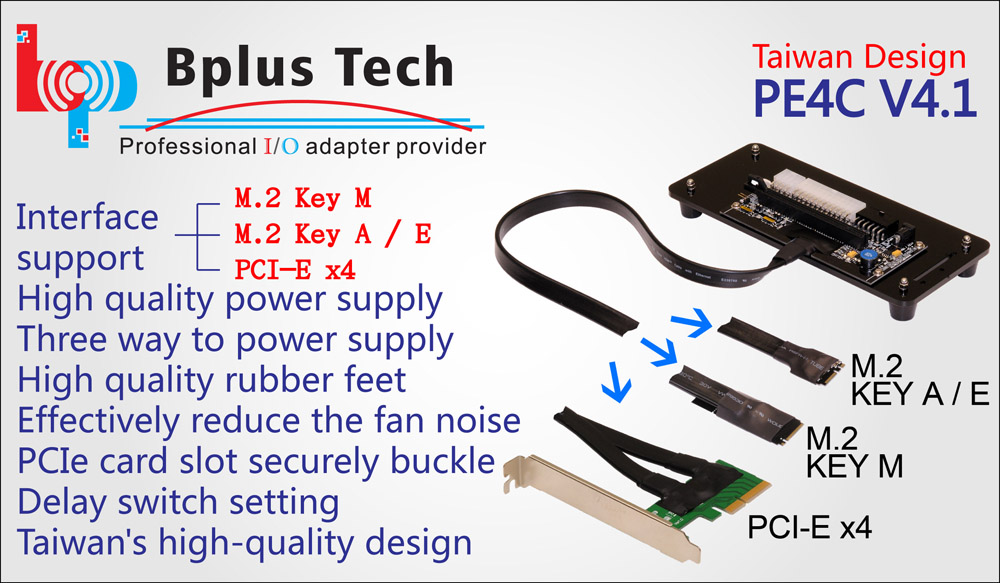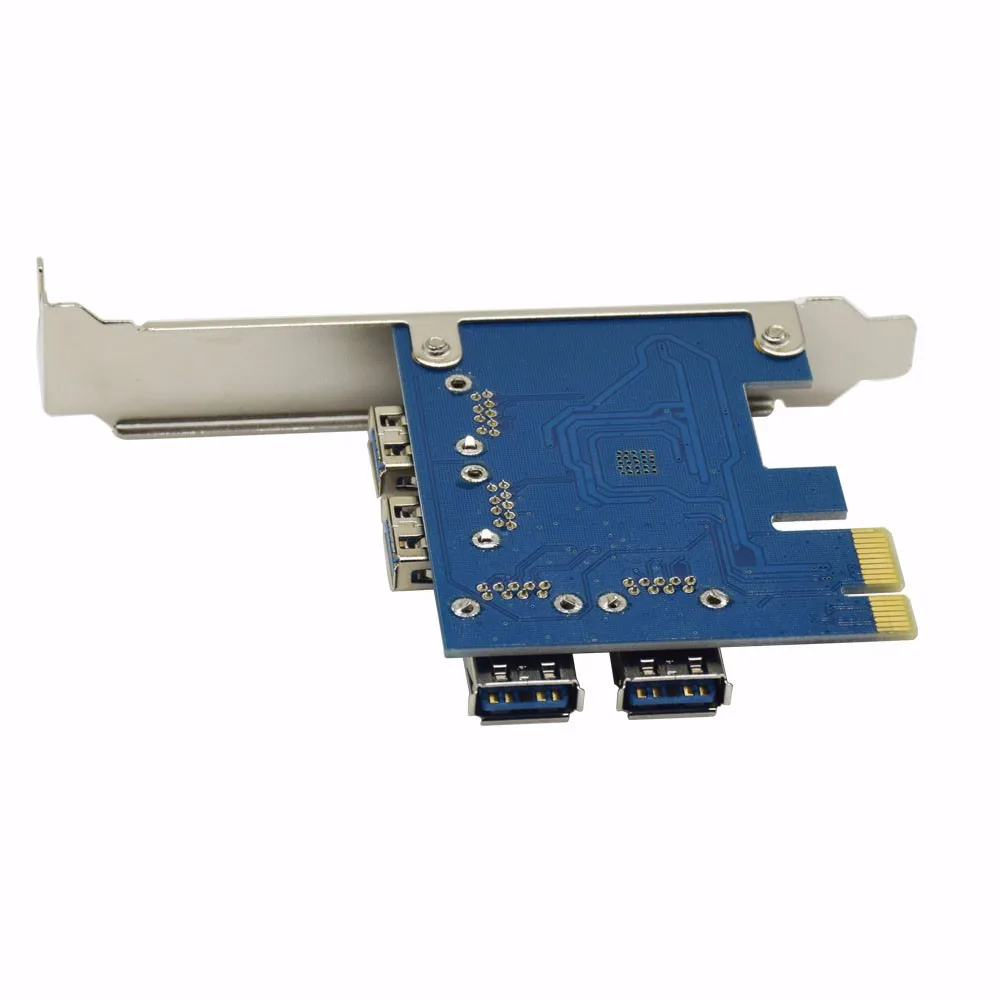


While PCIe 3.0 had a data transfer rate of 8 gigatransfers per second, PCIe 4.0 transfers data at 16 GT/s, and PCIe 5.0 at 32 GT/s. Modern PCIe m.2 SSDs use x4 lanes.Įach generation of PCIe is twice as fast as its predecessor. GPUs are usually installed in the top x16 slot, as it has the most bandwidth and, traditionally, the most direct connection to the CPU. More lanes mean more bandwidth, as well as a longer slot. On the motherboard, PCIe lanes appear in x1, x2, x4, x8, and x16 variations. PCIe (Peripheral Component Interconnect Express) is a high-bandwidth expansion bus commonly used to connect graphics cards and SSDs, as well as peripherals like capture cards and wireless cards. It looks like I will have to wait for an X570 motherboard and I then won't need an adapter.If you’ve built a PC before, you’ll recognize the PCIe slots running horizontally across your motherboard. I am looking at replacing my current M.2 drive with something faster. My system boots fine from this M.2 drive on the adapter card. Right now I am using an adapter because my old motherboard has no port for an M.2 NVME drive.


Why are you using an adapter? Note that the PC's BIOS must support NVME in order to boot form such a drive.That is the part I don't understand, the adapter card I am looking at has all the contacts for an X16 slot so the M.2 X4 drive should be able to take advantage of that. It can still physically only access 4 lanes (else there'd be no point in having all those extra contacts in an X16 slot). The card physically has an X4 interface, so it could be plugged into an X4, X8, or X16 slot. I have no deep knowledge of the architecture, but I'm using an adapter card with an old (non-NVME) M.2 drive. I doubt that an M.2 drive in an adapter card could perform better when plugged into an X16 slot. The X4 is the number of PCI-E lanes used by the M.2 card.


 0 kommentar(er)
0 kommentar(er)
